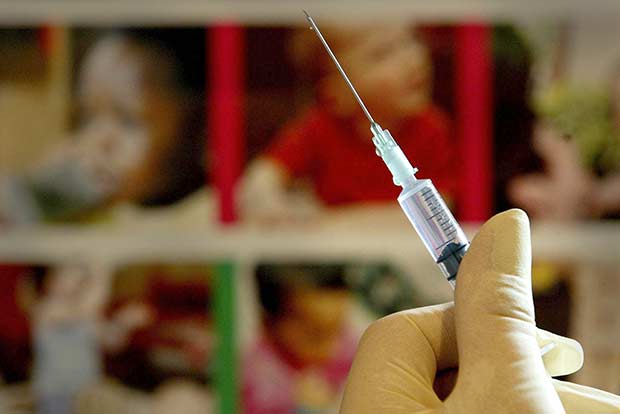For decades, the Pap test has been the standard testing method for testing for cancer of the cervix. More recently, the human papillomavirus (HPV) test has been used as an additional screening tool. a panel of experts released new interim guidelines, which recommended that the HPV test replace Pap tests for women as young as 25. The research was published simultaneously in the journals Gynecologic Oncology, Obstetrics & Gynecology, and the Journal of Lower Genital Tract Disease.
According to the most recent data from the Centers for Disease Control and Prevention’s (CDC), 12,109 women in the United States were diagnosed with cervical cancer in 2011; furthermore, 4,092 women died from the disease that year. HPV is the most common sexually transmitted disease (STD); it affects both men and women. Most infected persons do not realize they are infected or that they are passing the virus to a sex partner. An HPV infection has been shown to cause abnormalities of the cervix that can progress to cancer. Most HPV infections do not progress to cancer and may resolve without treatment; however, some progress to cancer. Early diagnosis can treat the infection before cancer develops.
The panel made their recommendations based on a three-year study of the HPV test on 47,000 women. They note that the authors note that the HPV test is far superior to the pap test for cancer screening and that the Pap test misses aa significant portion of precancers.In a previous study published last year, the same research team found that HPV screening alone would be a worthwhile alternative to Pap screening. That study reviewed data from more than 1 million women between the ages 30 and 64.
Both tests assess cells collected from the cervix. In the Pap test, the cells are examined under a microscope for abnormalities by a technician; in contrast, the HPV test checks for the presence of HPV, specifically two types that are most likely to cause cancer. A positive test requires further evaluation, including a biopsy, which can be microscopically examined for cancer or precancerous cells.
Human papillomavirus, an infection that usually clears up on its own, is common in teenagers and women in their 20s. Because of this, current US Preventative Services Task Force guidelines call for HPV testing at age 30, the time when presence of the virus is more likely to progress to cancer. The study authors note that, although the HPV detects more clinically meaningful precancer, it does significantly increase the number of follow-up tests.
Take home message:
Although the HPV test will increase medical costs and require additional procedures such as biopsies, it will increase the detection rate of cervical cancers and precancers; thus, saving lives. In any medical situation, prevention is preferable to treatment. The HPV vaccine can dramatically reduce the risk of infection with the HPV strains most likely to cause cancer.















